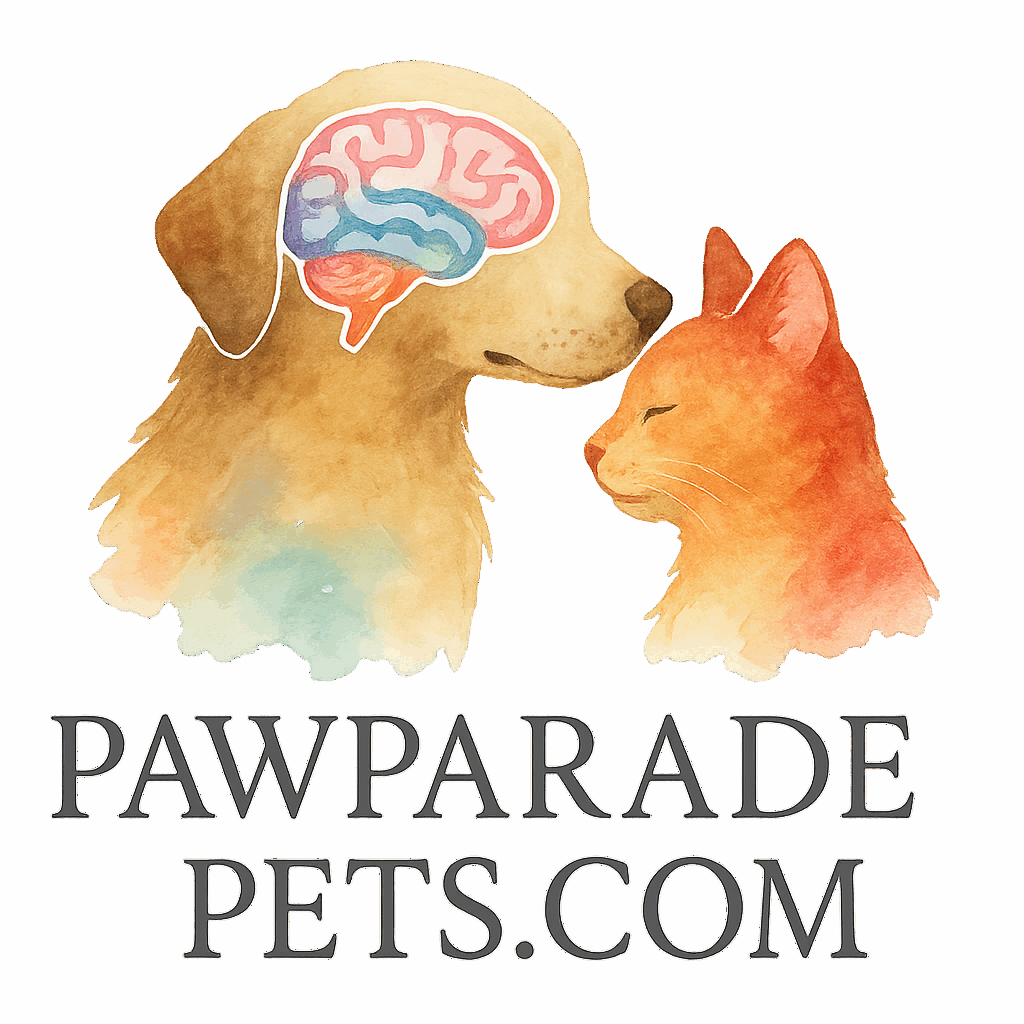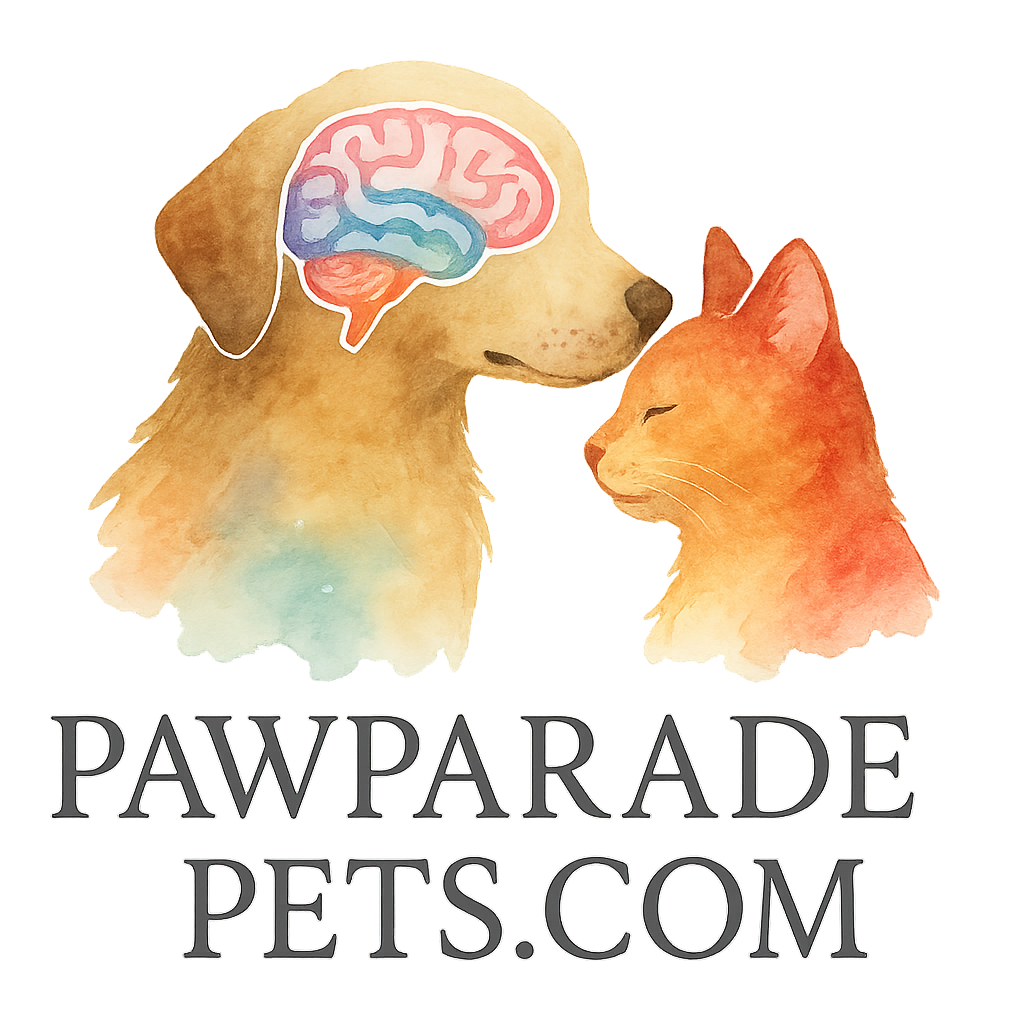When your pet is bouncing off the walls or completely ignoring commands, it’s easy to get frustrated. But what if we told you there’s a fun, playful way to teach your pet focus and control? That’s where attention games come in. These aren’t just tricks—they’re strategic exercises designed to sharpen your pet’s brain and boost their discipline.
Let’s dive into six powerful games that improve brain discipline and keep your furry friend mentally sharp and emotionally balanced.
Why Brain Discipline Matters for Pets
The Link Between Focus and Obedience
Discipline isn’t just about following rules—it’s about training the brain. A pet that can focus is more likely to obey commands, handle new environments calmly, and behave around other animals.
If your pet is easily distracted or hyperactive, it might be time for some structured brain training. This aligns perfectly with our guide on behavior and obedience.
How Games Stimulate Cognitive Functions
Games aren’t just fun. They’re critical tools to develop problem-solving skills, memory, and emotional control. According to Brain Training Basics, structured play is essential for developing smart, well-behaved pets.
1. The Name Recognition Game
What You Need
- A quiet room
- Treats or your pet’s favorite toy
Step-by-Step Instructions
- Call your pet’s name softly.
- The moment they look at you, reward them with a treat or affection.
- Repeat several times in short bursts.
Why This Game Works
Simple, but effective. This game improves attention span and strengthens the pet-owner bond. Over time, your pet learns that their name equals focus time.
Explore more training techniques.
2. The Shell Game
Materials Required
- 3 plastic cups
- A treat
Training Steps
- Show your pet the treat and place it under one cup.
- Shuffle the cups while they watch.
- Encourage them to sniff or tap the right cup.
- Celebrate correct guesses with enthusiasm!
Benefits for Problem-Solving Skills
The Shell Game is a mental workout. It develops concentration, visual tracking, and memory—key elements of brain stimulation. Check out the full list of brain training games and activities.
3. Hide and Seek (Pet Edition)
How to Play
- Ask your pet to stay.
- Hide behind furniture or in another room.
- Call them once you’re hidden.
- Reward them when they find you!
Make It More Challenging
Gradually extend the hiding spots or delay the call to make your pet rely on smell and sound.
Engagement and Sensory Boost
This classic game sharpens scent tracking and focus. Perfect for pets who love nose work.
Explore more fun pet activities to challenge their senses.

4. Red Light, Green Light
Tools and Setup
- A clicker or verbal command
- Treats
Training Tips
- Use “green light” to signal movement.
- Use “red light” for freeze.
- Reinforce with treats when your pet responds correctly.
Obedience in Motion
This game blends play and discipline beautifully. It’s particularly effective for hyperactive dogs who need to learn control during excitement.
Interested in more obedience tips? Visit Behavior Obedience and training tags.
5. The Treat Puzzle Challenge
Puzzle Toy Ideas
- Snuffle mats
- Treat-dispensing balls
- Interactive puzzle feeders
Difficulty Levels to Try
Start simple. Then work your way up to multi-layered puzzles that require lifting, sliding, or pressing buttons.
Brain Training with Rewards
This game transforms feeding time into a brain-building session. Ideal for independent pets that need mental stimulation.
Check out the best tools and toys for brain training.
6. Touch Command Game
Teaching Touch Step-by-Step
- Hold your hand a few inches from your pet’s nose.
- When they reach out and touch it, say “Yes!” and reward.
- Add the word “Touch” once they start doing it consistently.
Expanding the Game
Use “Touch” to guide your pet to different locations or into positions like sit or lie down.
Building Focus Through Simple Commands
Touch is foundational. It teaches your pet to connect movement with purpose. For more command-based games, browse obedience training articles.
Bonus Tips to Keep Attention High
Keep Sessions Short and Sweet
Most pets have short attention spans. Aim for 5–10 minute sessions and watch how quickly they improve.
Mix Fun with Function
Make brain training feel like play. Use toys, puzzles, and gadgets to keep your pet engaged.
Conclusion
Improving your pet’s brain discipline doesn’t require boot camp-level effort. With just a few minutes a day and the right attention games, your pet can transform into a focused, well-behaved companion. These games don’t just entertain—they build trust, boost intelligence, and reinforce good behavior.
And the best part? You get to have fun together while shaping a smarter, happier, and more obedient furry friend.
Explore more training tools and games at PawParadePets.com and dive into the world of brain training, behavior challenges, and interactive activities.
FAQs
1. How often should I play attention games with my pet?
Aim for at least 10 minutes a day. Consistency is key for real results.
2. Are these games suitable for all breeds?
Yes! These games are adaptable for dogs, cats, and even small pets with a bit of creativity.
3. What if my pet loses interest quickly?
Try switching up the rewards or using a new toy from our brain training tools collection.
4. Can I play these games with older pets?
Absolutely. Just adjust the difficulty based on their energy and mobility.
5. Do I need professional training to teach these games?
Not at all. These are designed for pet parents with no prior experience.
6. Which game is best for hyperactive pets?
“Red Light, Green Light” is amazing for impulse control and energy regulation.
7. Where can I find more interactive pet games?
Right here at PawParadePets.com/games-activities. We’ve got tons of ideas to keep your pet mentally sharp and engaged.


